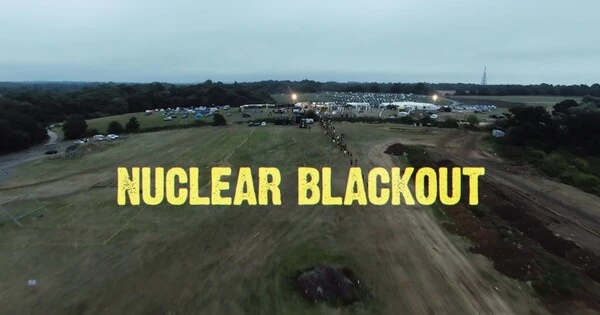Nuclear blackout, also known as fireball blackout or radar blackout, is a phenomenon caused by nuclear weapon explosions that disrupt radio communications and cause radar systems to be blacked out or heavily refracted, rendering them useless for accurate tracking and guidance.
(a) Nuclear Electromagnetic Pulse (EMP) Blackout:
When a nuclear explosion produces a burst of electromagnetic radiation, it causes a nuclear EMP. This burst has the potential to disrupt or destroy electronic devices and systems all over the world. If a nuclear weapon was detonated at a high altitude, it could cause an EMP that would damage or disable power grids, communication systems, and other electronic infrastructure, potentially resulting in a blackout.
Governments and organizations are aware of this potential threat, and discussions and efforts are underway to develop strategies to protect critical infrastructure from EMP events. The actual risk and impact, however, are determined by a number of factors, including the altitude of the explosion, the size of the nuclear device, and the vulnerability of the targeted systems.
(b) Nuclear Power Plant Blackout:
Another interpretation is a blackout caused by a nuclear power plant failure or shutdown. To function safely, nuclear power plants require a constant and stable power supply. If there is a disruption in the external power source or a failure in the plant’s systems, the plant may be shut down and, in some cases, the surrounding area may experience power outages.
The effect is caused within the atmosphere by the large volume of ionized air produced by the explosion’s energy, while it is caused above the atmosphere by the action of high-energy beta particles released by the decaying bomb debris. The effect can spread over large areas, hundreds of kilometers, at high altitudes. The effect slowly fades as the fireball dissipates.
The effect has been known since the early days of nuclear testing when radar systems were used to track nuclear mushroom clouds from great distances. Its long-range effects when exploded outside the atmosphere were first observed in 1958, as part of the Hardtack and Argus nuclear tests, which caused widespread radio interference spanning thousands of kilometers.
The effect was so unsettling that the Soviets and Americans broke an informal testing moratorium in place in late 1958 to conduct a series of tests to gather more information on various high-altitude effects such as blackout and electromagnetic pulse (EMP).
















